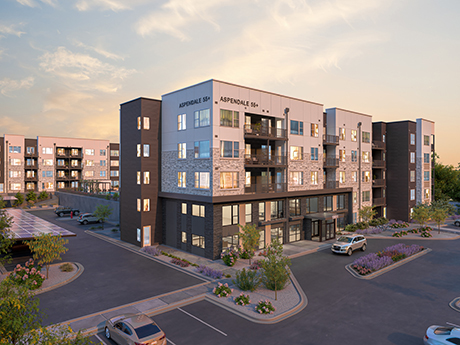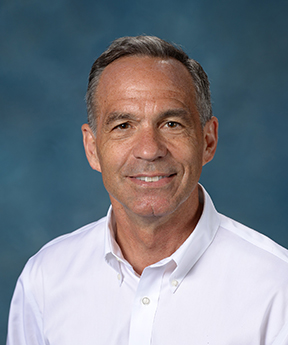By Stephen Wright
While it was a great InterFace Seattle Multifamily conference in mid-March, I left shaking my head at all the headwinds developers and operators face in that market sector. Why is it taking so long to realize the answer lies in the active adult market sector?
Wait, you say. I don’t want to get involved in healthcare and all the amenities an aging population needs. You don’t have to. This market niche is the answer to many of the problems you face and will face for years to come related to the general multifamily sector.
First and foremost, active adult is a 55-plus age cohort that holds a majority of the wealth in America. This group, known as the “silver tsunami,” is growing by leaps and bounds every day, and these affluent renters will pay 20 to 25 percent more than they would in normal multihousing rents. More on that here in a minute.
Here is what a successful active adult project looks like: Unit sizes are 15 to 20 percent larger than a standard apartment. Most of the spaces in those apartments mimic your standard B-plus unit, meaning that a little bit of sizzle goes a long way.
Common spaces are the biggest differentiator in active adult communities, though that gap seems to be narrowing as well. A great fitness center, shared areas for coffee or a glass of wine and mult-purpose spaces like a theater or arts and crafts room. Basically, 30 to 35 percent of total square footage goes to indoor and outdoor amenity space.
The active adult customer will pay for those amenities. Note, I did not suggest a commercial kitchen (though a small community kitchen for small events or cooking demos is nice) or too many outrageous amenity spaces. Each market and site can dictate adding commercial space for an outside restaurant, coffee or wine bar if demand warrants, but these are not must-haves.

At the Seattle conference, some of the biggest names in the field noted little change in rents over the past several years. The average number cited was $2,000 a month — about the same as 2022 or 2023. No wonder that makes you shudder when a project in the greater Seattle area runs $450,000 to $500,000 a door to build, with all-in costs.
Instead, think about those mature market customers who pay rents 20 to 25 percent higher. They are pretty laid-back customers, used to paying on time because that’s what they’ve done all their lives. They will also live in your community on average for six to eight years, and they won’t beat up the place. That sure sounds like a nice alternative to me. Oh, and they drive fewer cars, too, so parking requirements and school impact fees are often reduced in many municipalities.
Think of active adult developments as mini Del Webb communities with apartments instead of homes. There is no health care. When people need to move on to a level of care, they do so naturally or use their own resources to solve that problem on-site. As for staffing a community in the 140- to180-unit range, a key role is a social director, cruise ship style, who can put together a great activity calendar, which mostly will be executed and run by your residents, mind you.
When I asked the very experienced panel of national and regional developers why they weren’t pursuing the “silver ring,” I met objections. The first was related to care and services. That’s not active adult — that’s called seniors housing. Savvy multifamily developers are already wading into this market, and most would agree the silver tsunami has nothing but upside.
Yes, like all housing sectors, this one is not without some hair on it. The leasing process related to move-in initially takes longer than typical multifamily simply because the concept is relatively new, and consumers take a little longer to wrap their arms around it. Site selection is key. Think walkability and safety. And the marketing process is a little more sophisticated, too. But given all the headwinds you face today, dipping your toe into active adult makes a lot of sense and is more closely aligned to your current model than you and many developers may realize.
Stephen Wright is the founder of Wright Mature Market Services (WMMS). WMMS specializes in market feasibility, development, design and the marketing and sales of active adult communities. He can be reached at [email protected].


